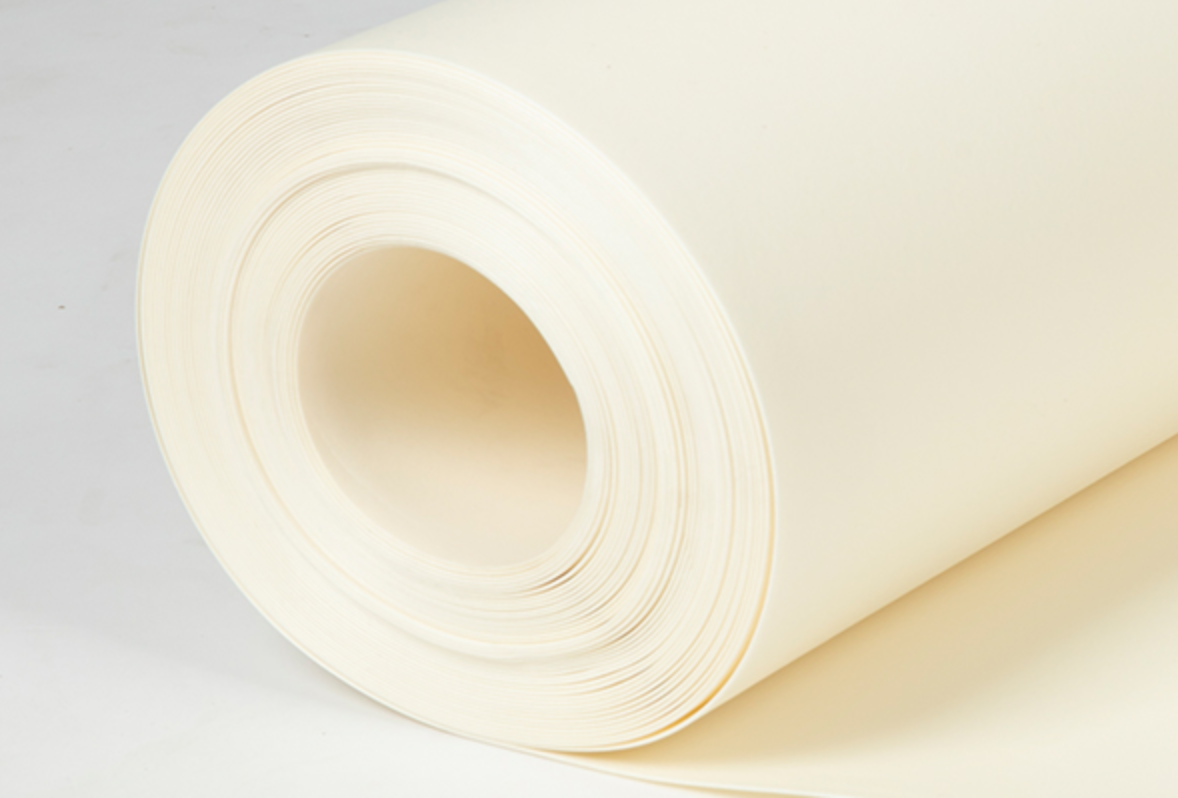
| IXPE Product Features: | Feature description |
|---|---|
| Non-toxic and odorless | Using electronic cross-linking technology, there is no chemical residue and no harmful gases are generated |
| Thermal insulation | The independent closed-cell structure effectively reduces the energy exchange caused by air convection, and has the effect of thermal insulation and heat insulation |
| Corrosion resistance | The characteristics of polyolefin itself, in addition to related solvents, have a strong corrosion resistance effect |
| Water and moisture resistance | The independent closed-cell structure and the compactness of the polyolefin molecular structure itself effectively prevent the penetration of water, and have the effect of water blocking and water separation |
| Cushioning | Independent closed-cell structure, self-recovery function after compression, with shock absorption and impact resistance |
| Sound insulation | The independent closed-cell structure effectively reduces energy exchange, and has the ability to block the sound wave transmission caused by sound and impact, so as to achieve the effect of silence and sound insulation |
| Aging resistance | After electronic cross-linking, the physical and chemical properties of polyethylene molecules have been greatly improved after cross-linking, and the life span is more than 5 times higher than the original |
| Flame retardant, anti-static, electrically conductive, antibacterial and mildew-proof | IXPE foam material can also be adjusted according to customer needs, which can increase flame retardant, anti-static, electrically conductive, antibacterial and anti-mildew and other excellent properties |
| IXPE foam product performance table | |||||||
|---|---|---|---|---|---|---|---|
| Foaming ratio | 5 | 7 | 10 | 15 | 20 | 25 | 30 |
| Apparent density, kg/m³ | 200±20 | 125±15 | 100±10 | 65±7 | 50±5 | 40±5 | 35±5 |
| Tensile strength (longitudinal/transverse), MPa | ≥1.25/1.00 | ≥1.10/0.95 | ≥0.80/0.65 | ≥0.70/0.55 | ≥0.40/0.32 | ≥0.35/0.28 | ≥0.30/0.22 |
| Elongation at break (longitudinal/transverse), % | ≥220/180 | ≥200/170 | ≥180/150 | ≥150/135 | ≥140/120 | ≥130/115 | ≥120/100 |
| Tear strength (longitudinal/transverse), kN/m | ≥5.4/6.4 | ≥4.4/5.2 | ≥3.4/4.0 | ≥2.6/3.2 | ≥1.8/2.2 | ≥1.6/1.9 | ≥1.3/1.5 |
| Dimensional change rate (70°C, 22h) (long/horizontal), % | ≤-6/-4 | ≤-6/-4 | ≤-6/-4 | ≤-6/-4 | ≤-6/-4 | ≤-8/-6 | ≤-8/-6 |
| Surface water absorption (23±2°C, 24h), mg/cm² | ≤0.20 | ≤0.25 | ≤0.30 | ≤0.30 | ≤0.40 | ≤0.40 | ≤0.50 |
| Compression set (25%,22h) % | ≤4 | ≤5 | ≤6 | ≤6 | ≤8 | ≤8 | ≤10 |
| Thermal conductivity, W/m·K | ≤0.080 | ≤0.070 | ≤0.050 | ≤0.045 | ≤0.045 | ≤0.045 | ≤0.040 |
| Note: "Longitudinal" refers to the length of the sample knife parallel to the coil; "Horizontal" means that the sample knife is parallel to the width of the coil. | |||||||